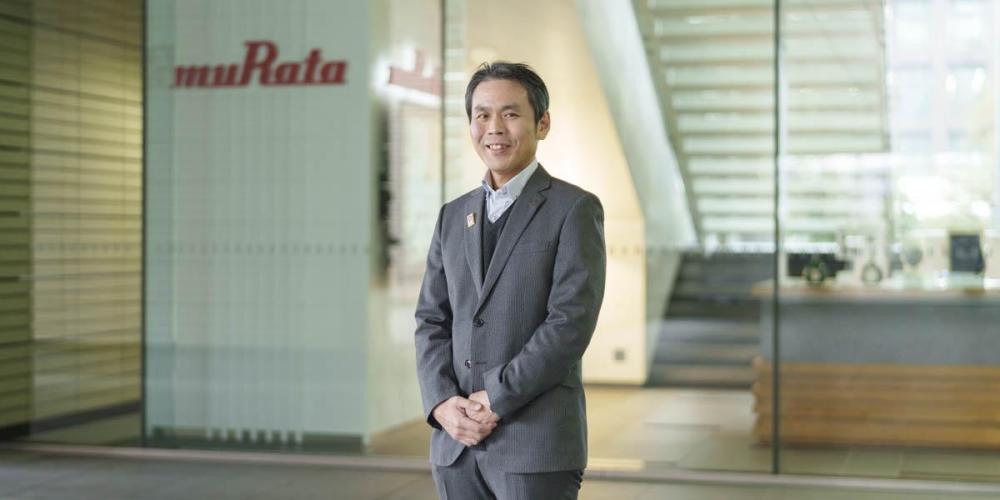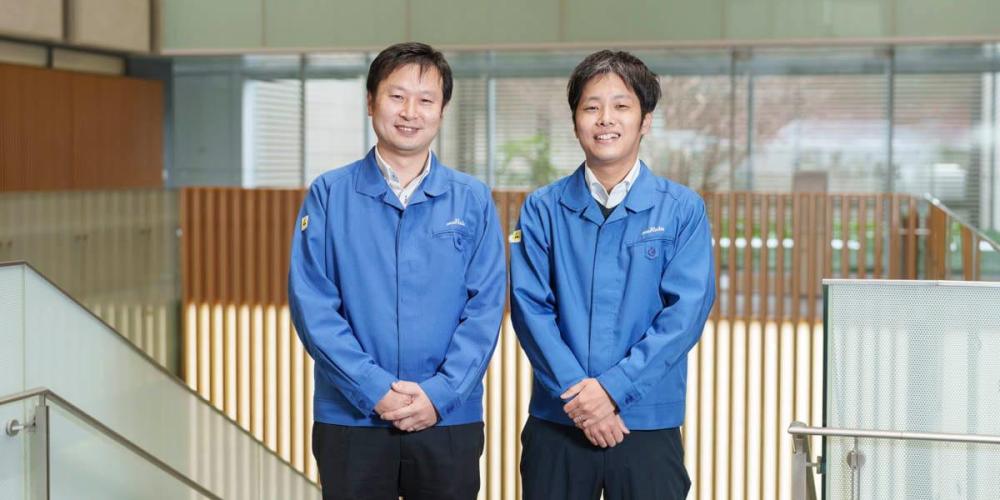DX×Murata: The future of manufacturing that is evolving through DX
Strategies and challenges for accelerating DX and realizing "Vision 2030"
In this article, we cover the company-wide Murata Digital Transformation (MDX) strategy, as well as Murata's wide-ranging vision for using digital.



